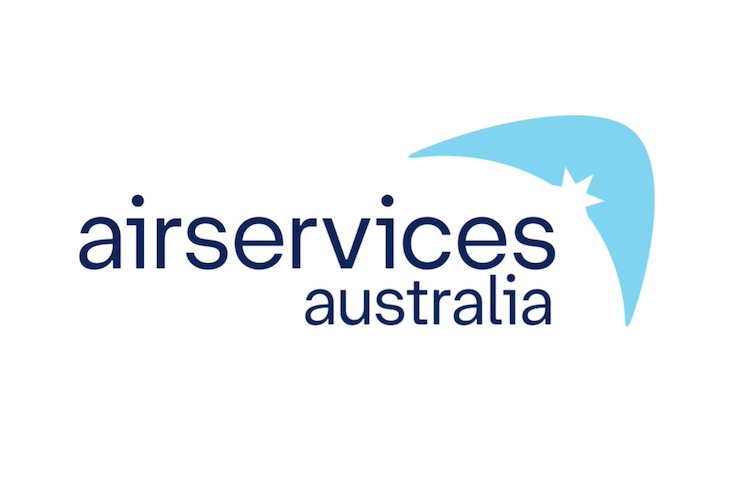Australia Bracing for a Massive Influx of Drone Taxis

Australia is expecting hundreds of thousands of battery-powered drone taxis to be flying its friendly skies over the next ten years, and the nation’s air traffic controllers are busy developing new air traffic systems to manage the massive influx.
Airservices Australia says the Brisbane Olympic Games scheduled for 2032 will likely serve as a catalyst for the growth of the nation’s air taxi industry, which at present, is still in its infancy. About 1.5 million drone delivery flights are conducted in Australia annually, but nearly all are delivery drones, not passenger vehicles, which have yet to receive full-scale regulatory approval.
Airservices has contracted with a private firm Frequentis Australasia to scope out the requirements for integrating all of Australia’s drone vehicles into the nation’s existing air traffic management system, which strictly separates manned and unmanned aircraft, mainly by altitude. Under current global standards, drones must fly below 400 feet and must avoid flying in close proximity (usually within 5 miles) to commercial airports. Drones are also generally prohibited from flying over large cities and heavily populated areas, mainly for safety reasons.
But as drones continue to proliferate, integrating the two kinds of aircraft into the same airspace is inevitable, Australian officials say.
“The way we do air traffic control today won’t work for the number of drones we expect to see in our skies,” Airservices Australia’s Luke Gumley told the UK’s Guardian newspaper earlier this week.
“There will be many aircraft in urban environments with high populations … drone delivery will operate in populous areas,” he added.
Gumley says Australia’s future traffic management system will likely be highly automated, requiring sophisticated digital scheduling and tracking systems, to keep manned and unmanned and unmanned aircraft out of each other’s way.
But human traffic controllers will still play a critical overall monitoring role. “Humans will still be in the loop, but perhaps more on the loop than within the loop,” Gumley noted.
Gumley said the first wave of air taxis will likely have pilots on board, reducing the safety risk, but over time uncrewed vehicles will likely become the norm, heightening the need for strict flight protocols and demanding highly efficient digital traffic management controls.
Airservices selected Frequentis Australasia after a rigorous bidding process that included two other suppliers, One Sky and Altitude Angel, which also have strong track records with integrated air traffic management. Altitude Angel is the leading drone technology supplier to the 165-mile Project Skyway, the largest unmanned drone corridor in the world.
But Frequentis, which has offices in four Australian cities and works closely with the Royal Australian Air Force, may have had the edge due to its local national affiliation and pre-existing government and business ties, sources say.
Australia is hardly alone in its concern over integrated traffic management systems. The FAA has enlisted a number of leading drone companies, as well as government agencies, into trial air traffic systems to better understand their technical requirements and potential limitations. The European air traffic organization, EASA, has done the same. These trials generally focus on drone delivery vehicles not on passenger drones, which are not scheduled to be commercialized for another year or two.
Most air taxis currently in advanced prototype development are expected to be introduced commercially as elite passenger shuttles at major international airports. So far, the FAA’s main air traffic management focus is how to ensure that the flight routes and patterns of air taxis and commercial airliners – normally managed separately – can be coordinated effectively, with minimum safety risk.
Australia Airservices says it estimates that the country’s total unmanned aircraft operations will increase nearly 40 times – to 60 million flights annually – by the time air taxis are ready to shepherd visitors to the Brisbane Olympics in 2032.
While developing its own pioneering national system, Airservices says it plans to coordinate closely with the EASA to ensure conformity with emerging European-wide air traffic standards.
|